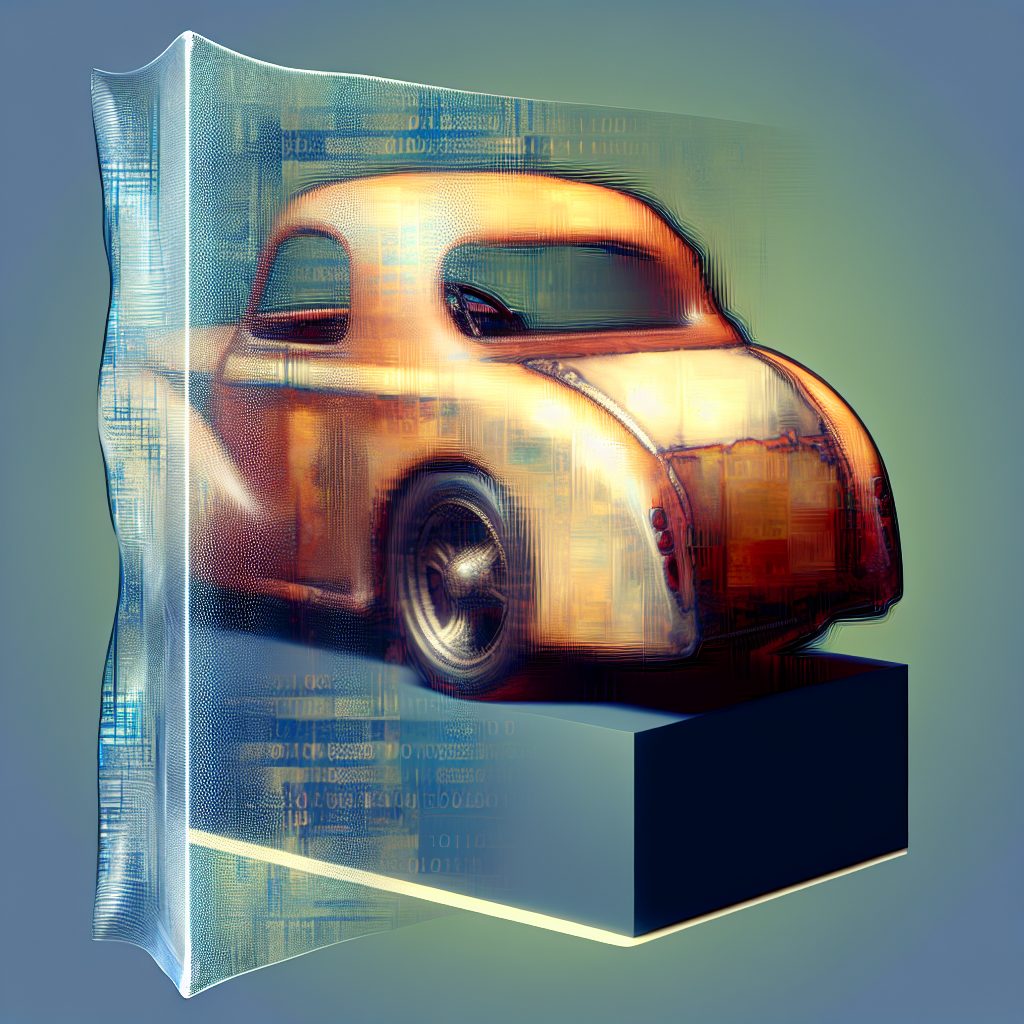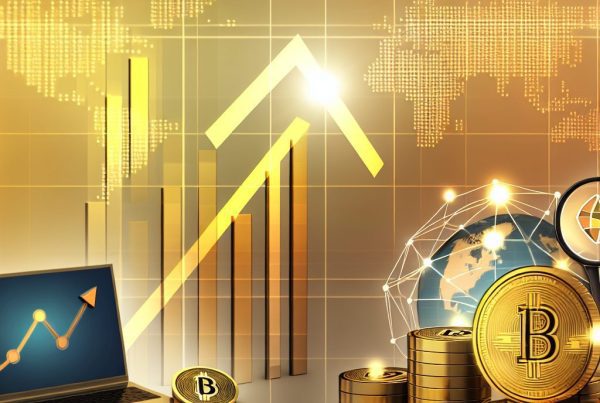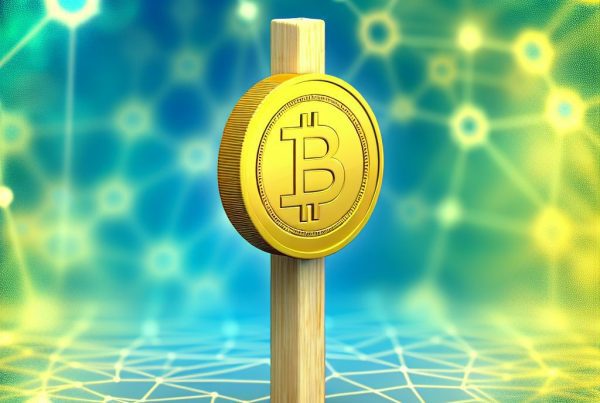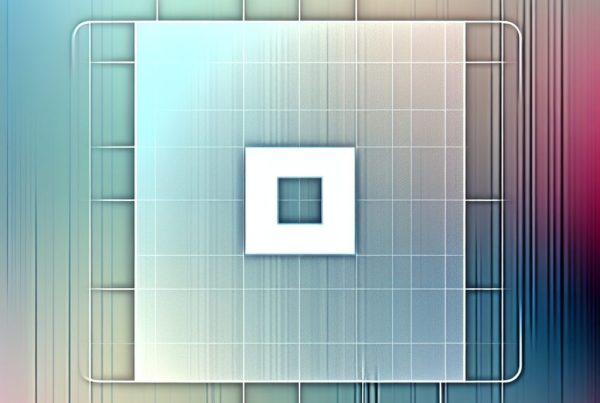What Is a Wrapped NFT?
The world of cryptocurrency and blockchain technology is constantly evolving, introducing innovative concepts that reshape how we perceive digital assets. One such concept that has gained traction is the Wrapped NFT. This article delves into the intricacies of Wrapped NFTs, their significance in the crypto ecosystem, and how they are transforming the way we interact with non-fungible tokens (NFTs).
Understanding NFTs
Before diving into Wrapped NFTs, it’s essential to grasp what NFTs are. Non-fungible tokens are unique digital assets verified using blockchain technology. Unlike cryptocurrencies such as Bitcoin or Ethereum, which are fungible and can be exchanged on a one-to-one basis, NFTs represent ownership of a specific item or piece of content, making them unique.
NFTs can represent various forms of digital art, music, virtual real estate, and even in-game items. Their uniqueness and scarcity are what give them value, and they have become a significant part of the digital economy.
What Does “Wrapped” Mean?
The term “wrapped” in the cryptocurrency space refers to the process of taking an asset from one blockchain and creating a representation of that asset on another blockchain. This is typically done to enhance interoperability between different blockchain networks.
For example, when Bitcoin is wrapped, it is converted into a token that can be used on the Ethereum blockchain. This wrapped version of Bitcoin is known as Wrapped Bitcoin (WBTC). The same principle applies to NFTs, where a non-fungible token from one blockchain can be wrapped to function on another blockchain.
What Is a Wrapped NFT?
A Wrapped NFT is essentially an NFT that has been converted to a token on a different blockchain. This process allows the NFT to be utilized in various decentralized applications (dApps) and marketplaces that may not support the original blockchain of the NFT. By wrapping an NFT, users can access a broader range of functionalities and liquidity options.

For instance, if an NFT is originally minted on the Ethereum blockchain, it can be wrapped to operate on the Binance Smart Chain (BSC) or any other compatible blockchain. This enhances the NFT’s usability and marketability, allowing it to reach a wider audience.
How Does the Wrapping Process Work?
The process of wrapping an NFT involves several steps:
- Minting: The original NFT is created on its native blockchain.
- Locking: The original NFT is locked in a smart contract on the original blockchain to ensure it cannot be duplicated or spent elsewhere.
- Issuing: A wrapped version of the NFT is issued on the target blockchain, representing the original NFT.
- Unwrapping: When the user wants to revert to the original NFT, they can burn the wrapped version, and the original NFT is released from the smart contract.
Benefits of Wrapped NFTs
Wrapped NFTs offer several advantages that enhance their appeal in the cryptocurrency market:
- Interoperability: Wrapped NFTs can be used across different blockchain platforms, increasing their utility.
- Access to DeFi: Users can leverage their wrapped NFTs in decentralized finance (DeFi) applications, allowing for lending, borrowing, and earning interest.
- Increased Liquidity: By being able to trade wrapped NFTs on multiple platforms, users can find better prices and more buyers.
- Broader Market Reach: Wrapping NFTs allows creators and collectors to tap into different communities and marketplaces.
Real-World Applications of Wrapped NFTs
Wrapped NFTs have found various applications across different sectors within the cryptocurrency ecosystem. Here are some notable examples:
1. Gaming
In the gaming industry, Wrapped NFTs enable players to use their in-game assets across different games and platforms. For instance, a unique sword or character skin from one game can be wrapped and used in another game that supports the same blockchain. This not only enhances the gaming experience but also allows players to trade their assets more freely.
2. Art and Collectibles
Artists and collectors can benefit from wrapping their NFTs to reach a broader audience. For example, an artist may create a digital artwork as an NFT on Ethereum but wrap it to sell on a marketplace that operates on the Polygon network. This increases visibility and potential sales.
3. Virtual Real Estate
In virtual worlds like Decentraland or The Sandbox, users can own virtual land as NFTs. By wrapping these NFTs, users can trade or utilize their virtual properties in different metaverse platforms, enhancing the overall value of their digital real estate.
Challenges and Considerations
While Wrapped NFTs offer numerous benefits, there are also challenges and considerations to keep in mind:
- Smart Contract Risks: The wrapping process relies on smart contracts, which can be vulnerable to bugs or exploits.
- Market Fragmentation: The existence of multiple wrapped versions of the same NFT can lead to confusion and fragmentation in the market.
- Fees: Wrapping and unwrapping NFTs may incur transaction fees, which can affect profitability.
Popular Platforms for Wrapped NFTs
Several platforms facilitate the wrapping of NFTs, allowing users to easily convert their assets. Some of the most popular platforms include:
- Wrapped.com: A platform that allows users to wrap various types of assets, including NFTs.
- Rarible: A decentralized marketplace that supports the wrapping of NFTs for cross-chain trading.
- OpenSea: One of the largest NFT marketplaces, OpenSea has integrated features for wrapped NFTs.
Future of Wrapped NFTs
The future of Wrapped NFTs looks promising as the demand for interoperability and cross-chain functionality continues to grow. As more projects emerge, we can expect:
- Enhanced Standards: Development of standardized protocols for wrapping NFTs to ensure security and ease of use.
- Increased Adoption: More platforms and marketplaces will likely adopt wrapped NFTs, expanding their reach and usability.
- Innovative Use Cases: New applications for wrapped NFTs will emerge, particularly in gaming, art, and virtual reality.
FAQs About Wrapped NFTs
What is the difference between an NFT and a Wrapped NFT?
An NFT is a unique digital asset on its native blockchain, while a Wrapped NFT is a representation of that NFT on a different blockchain, allowing for greater interoperability and usability.
Can I unwrap my Wrapped NFT at any time?
Yes, you can unwrap your Wrapped NFT at any time, provided you follow the necessary steps to burn the wrapped version and release the original NFT from the smart contract.
Are Wrapped NFTs secure?
While Wrapped NFTs can be secure, they rely on smart contracts, which can be vulnerable to exploits. It’s essential to use reputable platforms and conduct due diligence before wrapping your NFTs.
What are the fees associated with wrapping NFTs?
Fees can vary depending on the platform used for wrapping and unwrapping NFTs. Users should be aware of transaction fees on both the original and target blockchains.
Conclusion
Wrapped NFTs represent a significant advancement in the world of digital assets, providing enhanced interoperability and usability across different blockchain platforms. As the cryptocurrency industry continues to evolve, the adoption of Wrapped NFTs is likely to increase, offering new opportunities for creators, collectors, and investors alike.
For those looking to stay updated on the latest trends in cryptocurrency and NFTs, platforms like Bitrabo offer valuable insights and price tracking. Follow me on X, Instagram, and Threads for more updates and discussions on the crypto landscape.
Disclaimer: This article is for informational purposes only and should not be considered financial advice. Always conduct your own research before making investment decisions.
The Crypto Watchlist of the Week 🔎
Subscribe to receive expert-curated projects with real potential—plus trends, risks, and insights that matter. Get handpicked crypto projects, deep analysis & market updates delivered to you.


